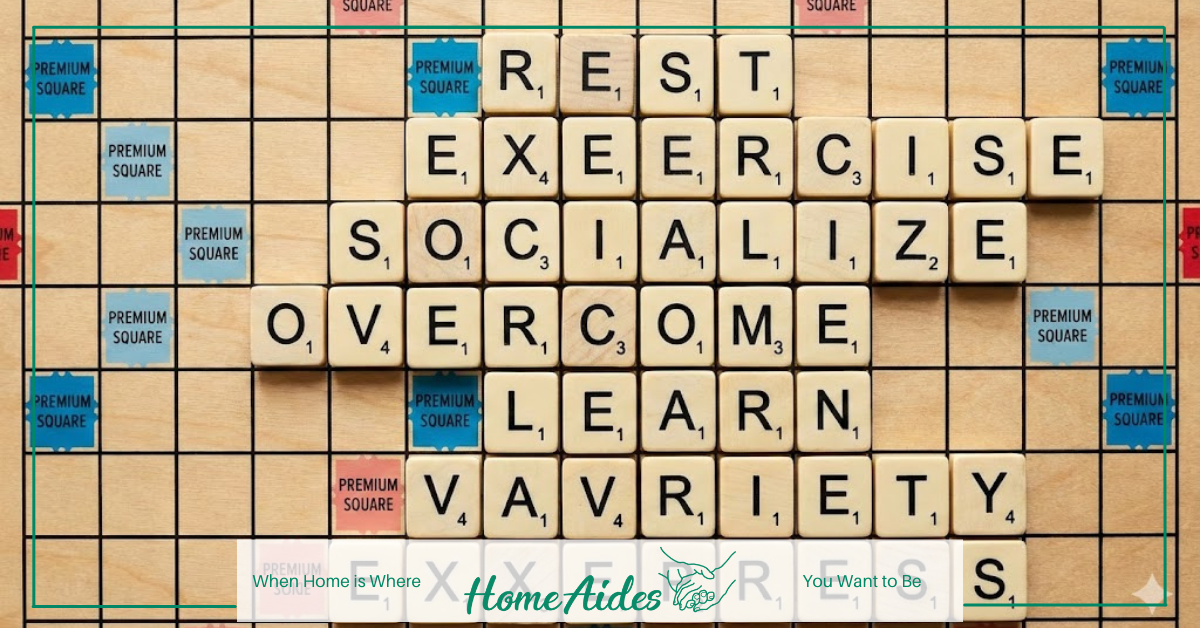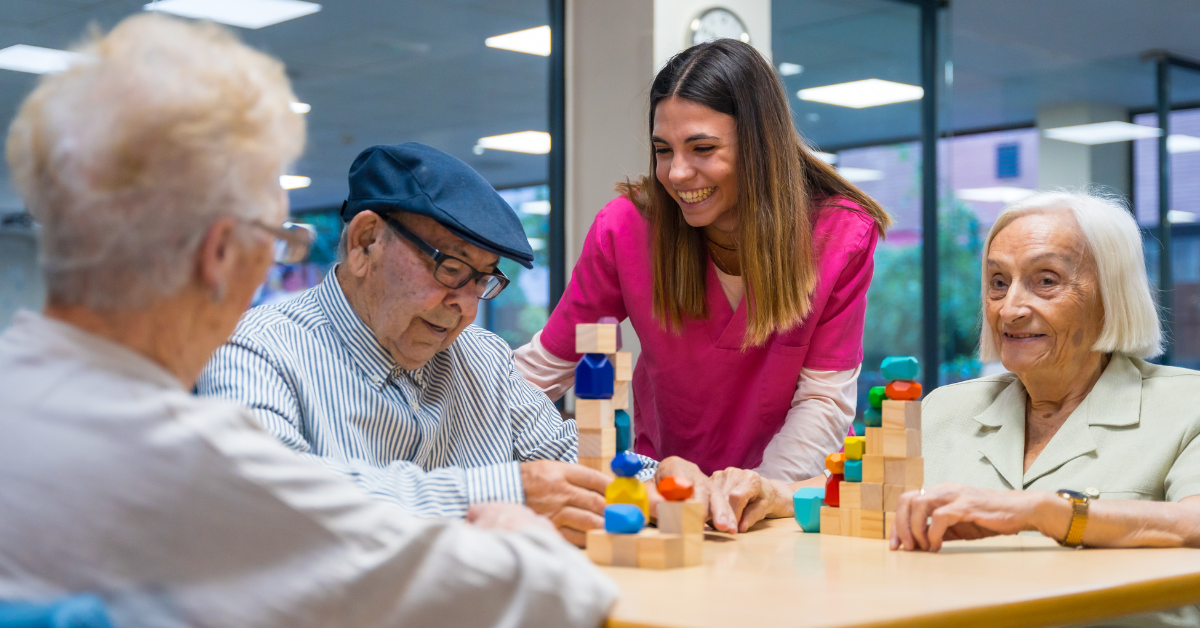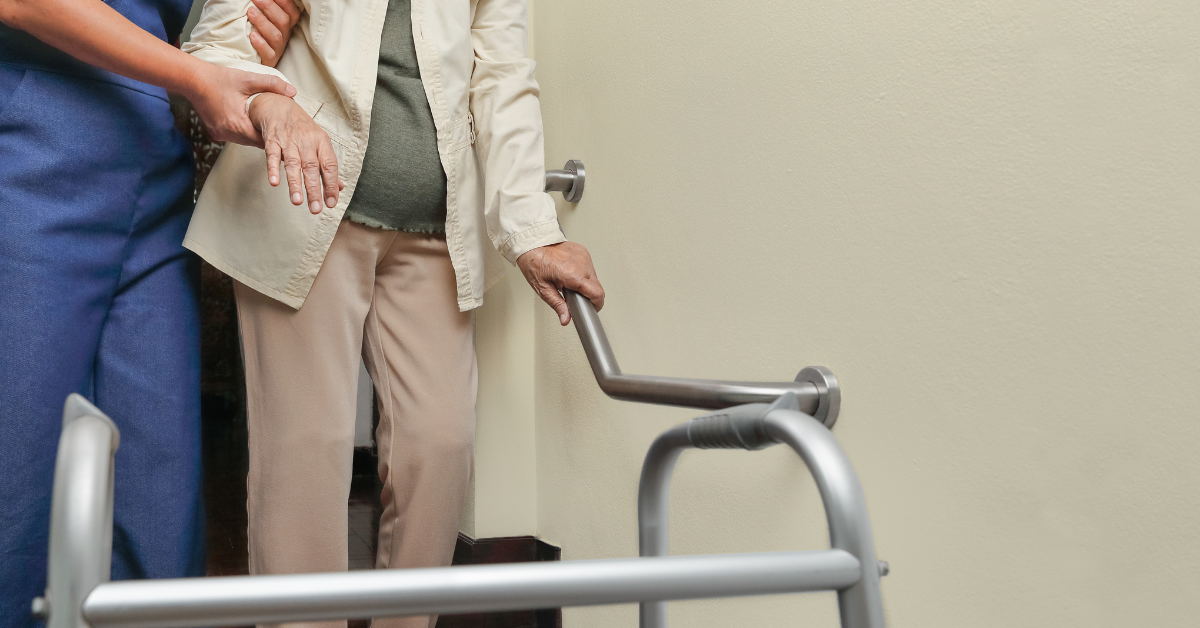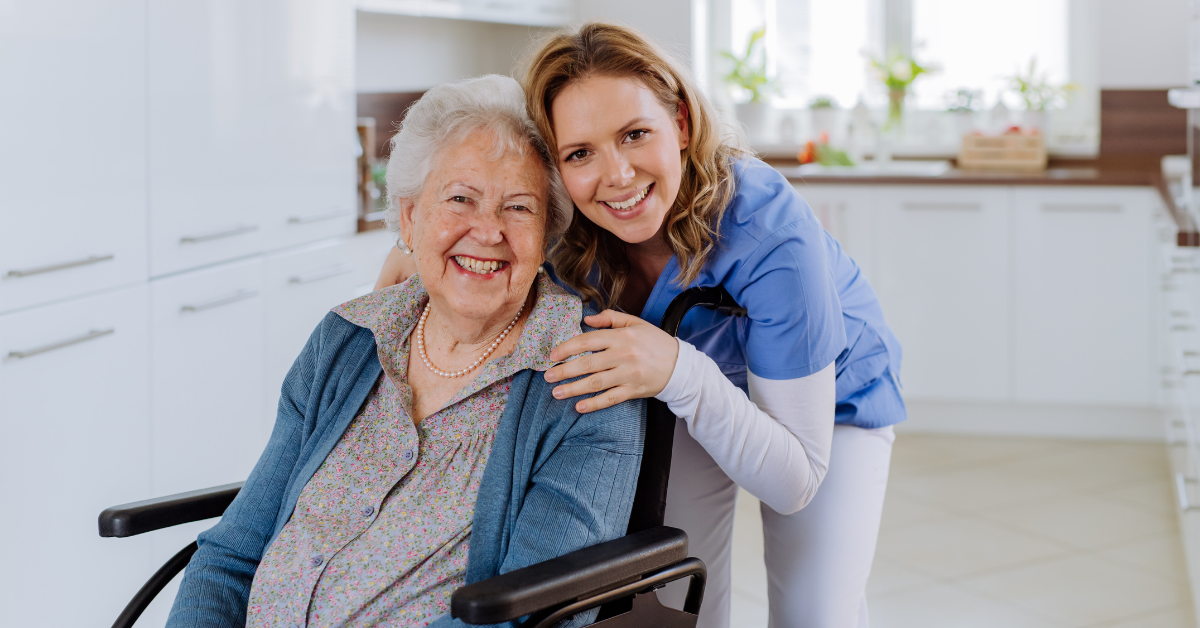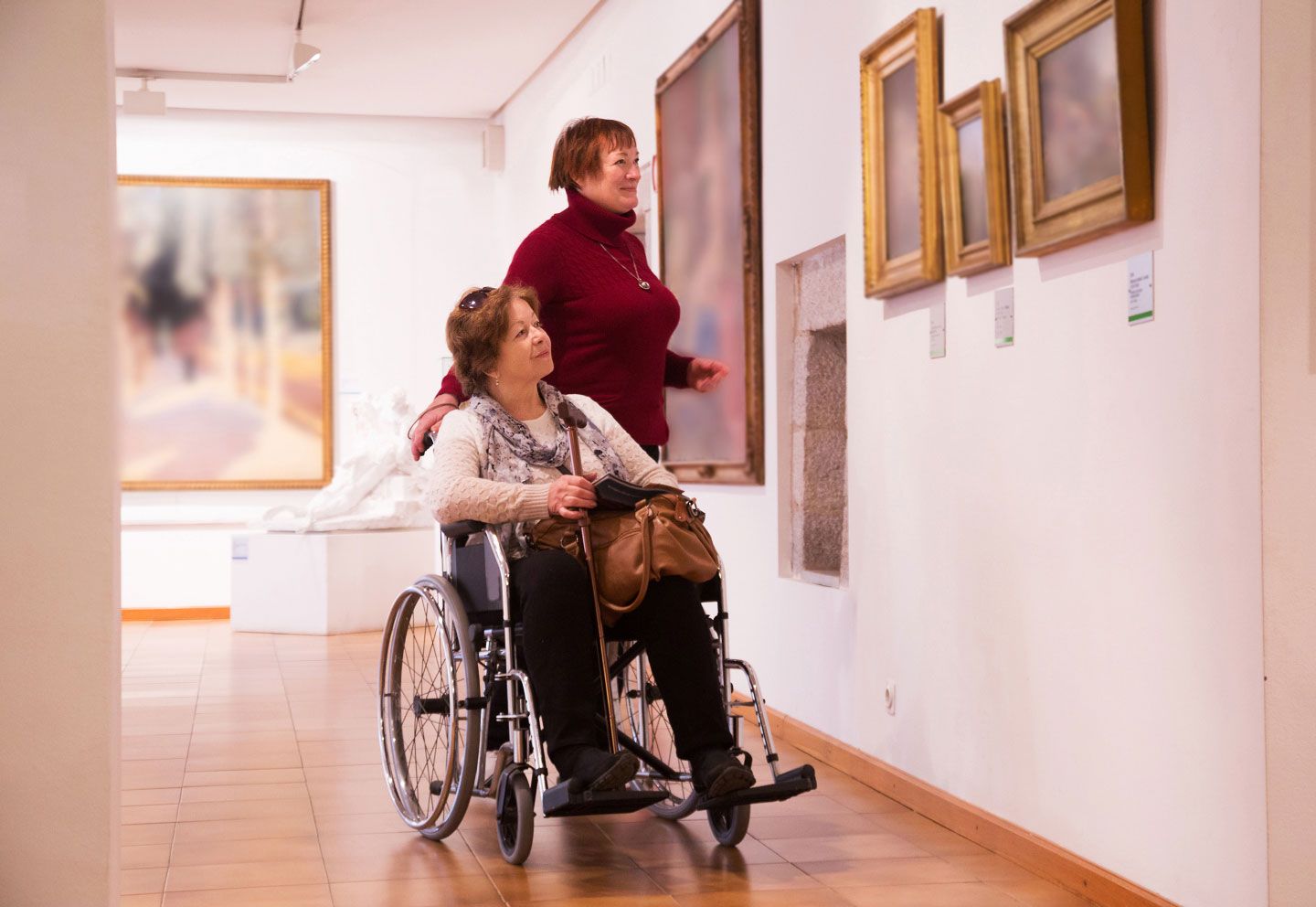Getting Exercise Despite Limited Mobility
"Good morning, Maggie," said Neveah, with her cheerful smile. Maggie's caregiver was a bright spot in her day every time she came.
"Today is the day to talk about exercise."
"Goodness gracious! I'm an old lady with a cane. How am I supposed to
exercise? I can’t see it making much difference."
"You will be pleasantly surprised," responded Neveah as she sat down beside Maggie.
"When we exercise, our bodies release endorphins, which trigger a happier mood, relieve stress, and help us feel better about ourselves and life."
"Well, when you put it that way," Maggie paused. "But I still don't know how I'm going to do it."
Maggie’s concerns are common. Exercising when you have limited liability can feel overwhelming, and it's easy to think it doesn't matter anymore once you've passed a milestone age. But, as Neveah proceeded to show Maggie, there are ways to get exercise – even if you're dependent on a cane or wheelchair-bound.
Arm circles: Hold your arms straight out at your sides (or as straight as you can) and move them in small circles. Gradually increase the size of your circle. If that's too much, try holding your arms out in front of you, making circles. If you must keep your elbows bent, that's ok. The idea is to make the movements consistently.
Arm lifts: Sit in your chair, with your arms bent at the elbow and resting in your lap. Keeping your arm against your body, raise your left hand to your shoulder and then lower it back down. Now do it with your right hand. Repeat back and forth until you have lifted each arm 8 – 10 times. You can build up over time.
Chair yoga, designed for individuals with limited mobility, is another effective way to incorporate exercise into your routine. Here are a couple of chair yoga movements to try with your caregiver's assistance.
Seated twist: Sit with your feet flat on the floor and your back tall. Place your right hand on the outside of your left knee. Take a deep breath, stretching your spine. As you exhale, gently twist your upper body to the left. If possible, turn your head to the left as you twist your body to the left. Hold your position while counting to 10, then return to your original position. Repeat but twist to the right this time.
Knee lifts: Sit with your feet flat on the ground and place your hands on your thighs. Inhale and lift your left knee, then exhale as you place your foot back on the floor. Repeat with your right knee. How many times you do it and how high you lift your knees will vary according to your strength and mobility. However, both the height and the number of lifts will increase over time.
Walking is another excellent exercise to do with your caregiver. Start with short walks. You can gradually increase. Even if you are wheelchair-bound, your caregiver can push you, and the fresh air will rejuvenate you.
Water aerobics can be another plus because it's a low-impact activity that's easy on your joints, while building your strength and improving your balance. Ask your caregiver if this is available in your community.
Games can be a fun way to get some exercise. For example, place a bucket, dishpan, or box about six feet in front of your chair. Try to toss a bean bag into the bucket. Of course, this takes someone to help you get the supplies and then play the game with you, but that's another benefit - social interaction is also a plus for seniors.
Adding exercise to your day is a plus, but be sure to have someone assist you. HomeAides is an ideal source of help for seniors. Our caregivers not only help you stay active but also become trusted companions. Contact us today. We will match you with the caregiver who's right for your needs and helps you add movement to your daily routine.

